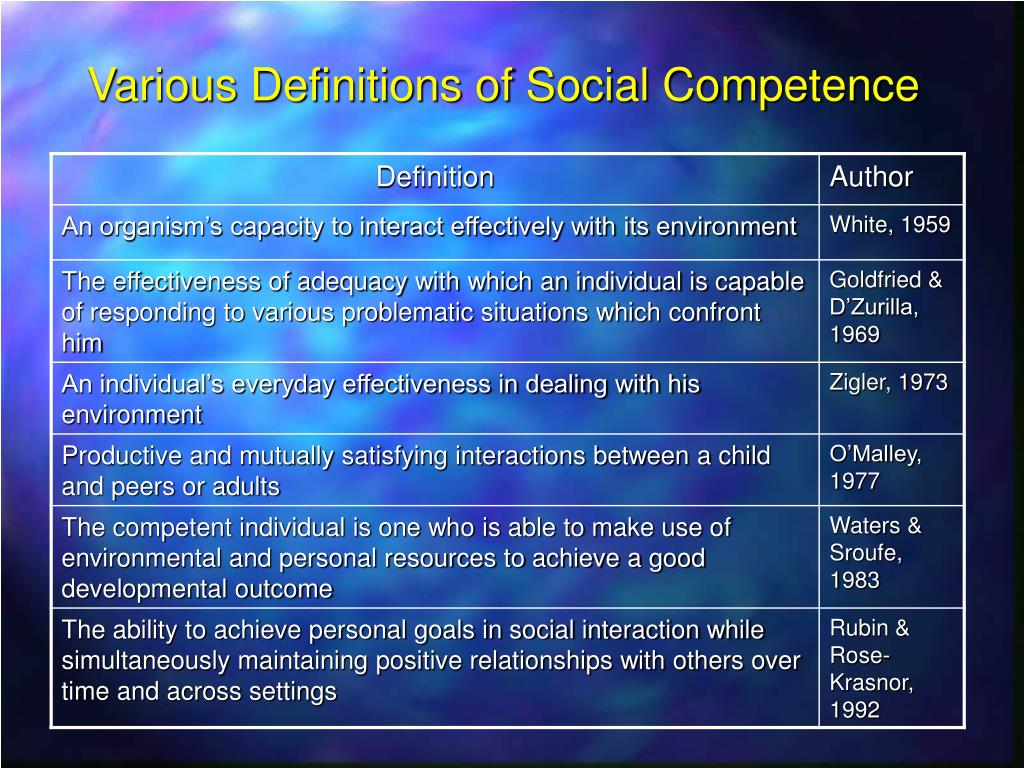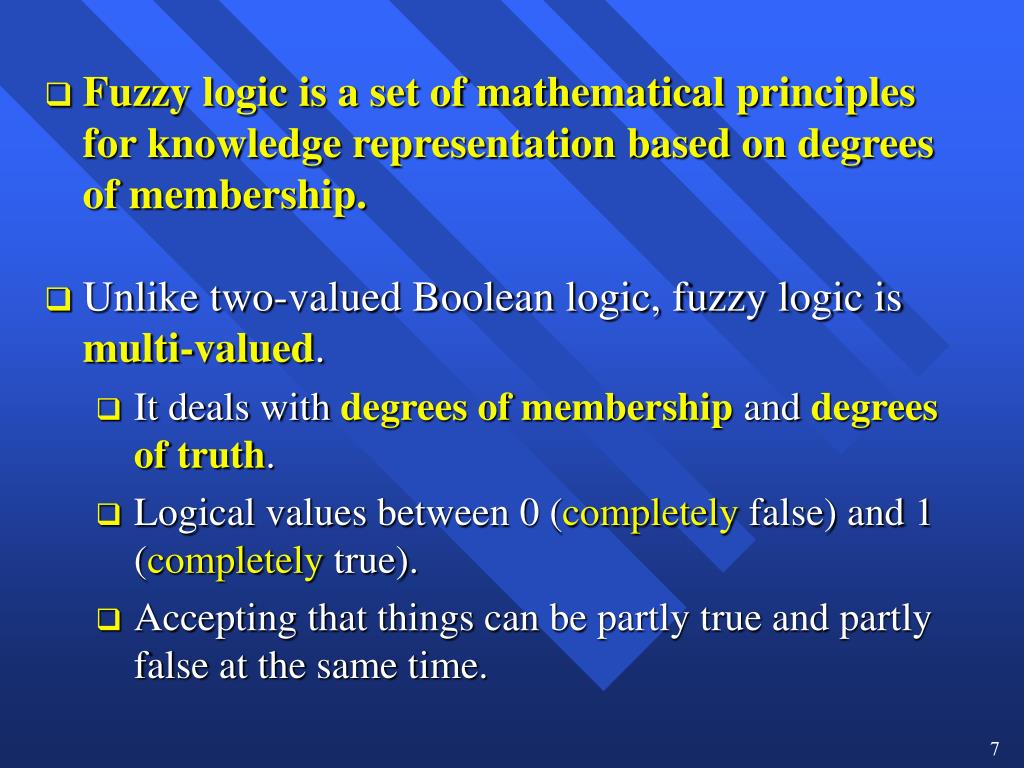


For a conference presentation, the background/needs of your audience will be determined by the topic of the conference. In the case of a job interview, it is probable that you will have to do a presentation about your research to other members of the department you can find out about them and their research strengths from the departmental web pages, and make any connections with people whose research interests are similar to yours. If you are being examined for a thesis, you will obviously do a great deal of background on your examiners, finding out what their research in the area is.

what their needs are and how you can help them.what their prior knowledge of the topic will be.It is very important, when considering your audience, to know: Not experts in the field probably have different attitude to knowledge To gain knowledge/insights which will help their own work to build up networksĬommercial sponsors panels for grant-giving bodies Knowledgeable may also be experts in the same field Others, probably academics, with a similar interest To have their own research strengths reinforced or complemented To be convinced that your thesis makes a contribution to research Knowledgeable but your knowledge of topic greater Who is the audience, why will they be there, and how many will there be? Reason for presentation The emotional dynamic is different, and it is important to be aware of this. In the former you are presenting information, whereas all the above examples (with the possible exception of conference presentations) call for a degree of selling – your dissertation, yourself, or your project. Many people working for universities are used to lecturing it is a mistake to consider making presentations as a similar activity. Seek to influence non expert audience on the importance of topic, and of synergy with their own work Mini-seminar on main features of a particular aspect of research: inform Mini-seminar on main features of research: summarize, inform, influence Mini-seminar on thesis: present argument cogently Here are some examples: Reason for presentation Knowing the purpose of your presentation is a matter of determining the actions which you want to stimulate in your audience. In the introduction to this section, we mentioned a number of possible reasons for giving a presentation about your research – defending a dissertation, a job interview, a conference, and asking for funding. A better approach is to look at why you are presenting in the first place, and what your audience needs are. If all of them have an equal salary of $1,000, you are wasting $2,000 every month and $24,000 annually, which is a big dent in your office-centric budget & the real cost of poor presentation.When you give a presentation, it's tempting to start off by considering what you are going to be presenting. And if these presentations are ineffective, you are, in a sense, wasting nearly all the working hours or more of two of your staff every month.

Now assuming that your office needs to have at least 10 PPTs in a month, the total working hours needed for that would be 37x10= 370 (if we take 37 hours for 1 PPT for calculations). All of these three people work 528 hours collectively in a month for you in the office. Working on an 8-hour schedule in the office, they work 176 hours in a month on a 5-day week basis. Now imagine that you have recruited three of your internal staff to prepare the PPT. Researching/Purchasing/Designing 10 Graphics, working with Photoshop + inserting in PPTĭesigning/Editing 5 Tables & 3 charts of Financial Information & AnalyticsĬompany-specific Charts and Process Diagrams Researching/Writing/Creating the core text-contentĭesigning the Graphical Template & Theme + Layouts & Animations If we take a simple assumption of average time consumed for different regular tasks in making a PPT from scratch, a regular PPT consumes 36-38 person/hours on an average: Task With different ingredients to be compiled in order, there are many stages to complete a PPT. THE CALCULATION OF THE COST OF A POORLY DESIGNED PRESENTATION


 0 kommentar(er)
0 kommentar(er)
